The impact of COVID-19, its lockdowns and associated restrictions are having a significant impact on businesses and their revenues, which has left many struggling to fulfil their lease obligations.
The pandemic has been particularly challenging for the high street, with 320 shops closing down every week during 2020.
The emergence of a new, more transmissible COVID-19 variant in the UK has led to a third period of various lockdown restrictions, which means businesses have to make more tough decisions in order to stay afloat.
Leases are often one of, if not the, biggest expenses for businesses and, in times of difficulty, it’s one of the first things to be reviewed when undertaking cost saving exercises.
Anonymised 2020 data from over 150,000 live leases managed through MRI Software’s enterprise property management and accounting software revealed that during the pandemic, the proportion of outstanding rent payments in the commercial sector (retail, shopping malls, logistics, warehouses and office spaces) has surged.
For March, when the UK government introduced the first period of nationwide lockdown, the proportion of outstanding rent payments in the commercial sector increased from 19% of the total rent invoiced to 33% in September – peaking at a total of 58% in October (£204 million left unpaid across the Horizon database).
The positive news is that both commercial landlords and tenants are working together to adopt flexible leasing arrangements and cooperate to help ensure the ongoing viability and success of UK businesses.
From March through June 2020, there were 30% more rent reductions than during the same period in 2019.
This shows that many landlords are cooperating with tenants to get through the crisis.
The number of rent reductions has increased by 46% in March, 82% in April, 27% in May and 11% in June compared to the same months in 2019.
However, despite the cooperation between landlords and tenants to find a solution that works for both parties, the data also showed that the average terms of new leases were 52 months between March to June, which is a decrease from 69 months for the same period the previous year.
The reality is that the third lockdown is likely to remain in place until spring and this will continue to have an impact on businesses and their performances.
Consequently, landlords need to find alternative ways to ensure the financial viability of their portfolio.
For many owners with city or town centre properties, the answer will be diversification of portfolios – and turning commercial spaces into campus-style redevelopments which combine retail, space as a service and Build-to-Rent, student accommodation and senior living.
Previous research from MRI had shown that, before the pandemic, two-thirds of property professionals believed that former retail premises could be the UK’s biggest untapped resource for new residential development.
Coronavirus and its subsequent uncertainties and impact on returns of traditional commercial properties may act as an accelerant of change to some of the social, structural and financial trends already driving the shift.
This isn’t a solution that will remove all the challenges UK high streets are facing, but it will help resurrect a declining institution.
Ultimately, the pandemic has served as a catalyst for changes which were already occurring. However, commercial owners need the right tools in place to help them plan and execute strategic decisions.
Connected digital solutions will allow landlords to quickly and accurately identify strengths, weaknesses and the opportunities required to be proactive rather than reactive in a continually evolving world.
Those that embrace software will be best placed to make data-backed, proactive decisions that propel them further down the route of success.
Those who continue to form reactive strategies and don’t make full use of the data at their disposal will fall further behind in an environment that is already uncertain and ever-changing.
Fortunately, despite the challenges of COVID-19, there is hope on the horizon. Countries around the world are beginning to rollout vaccines and there’s the tentative belief that the world will return to some form of normality by the end of 2021.
Still the recovery will take years, and the cooperation between tenants and landlords and a diversification of property portfolios are emerging as the cornerstones of the new era of commercial property.
Digital solutions, and the insights they provide for informed strategic decision-making, will be central to its success.









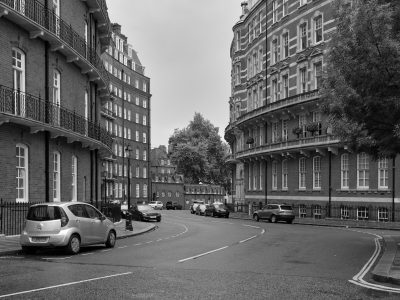


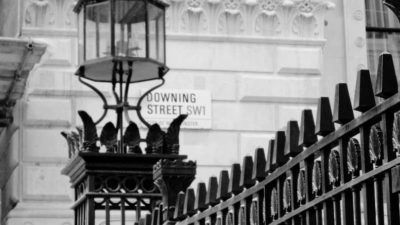
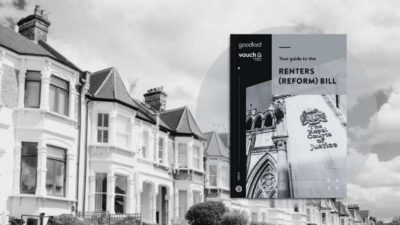





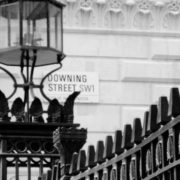
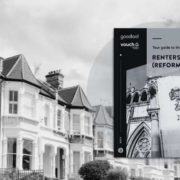




Comments